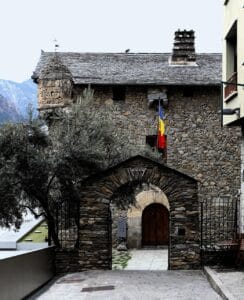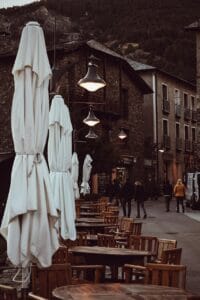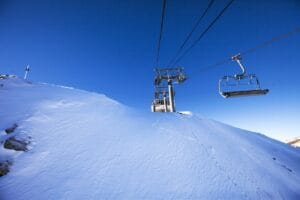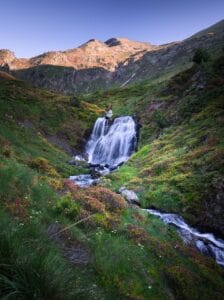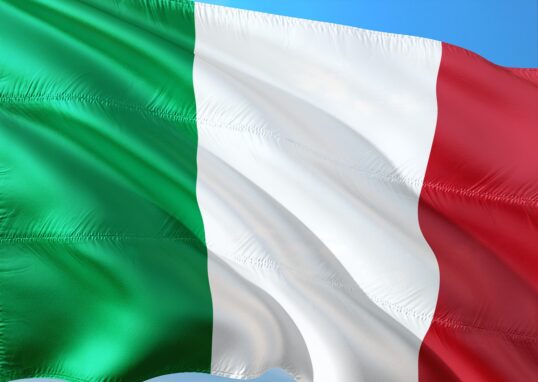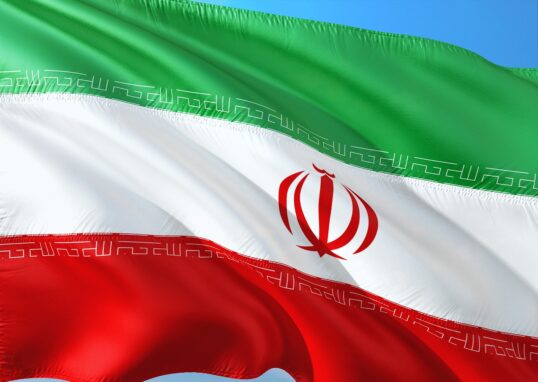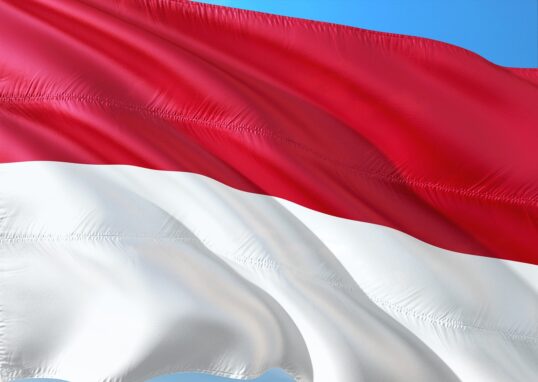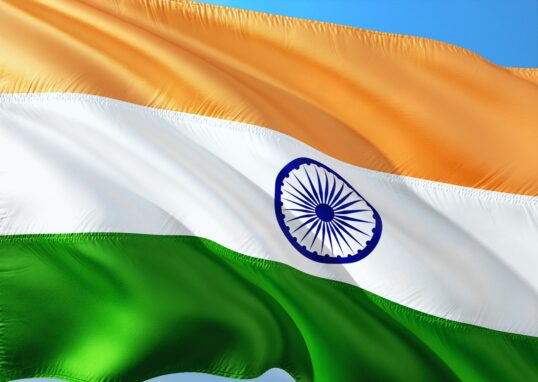Hidden Gem of Andorra

Discover Andorra: A Complete Travel Guide to the Hidden Gem of the Pyrenees
Andorra is a very small country. It is a landlocked country in the Pyrenees Mountains. It is nestled between France and Spain. In spite of its tiny size, it boasts a robust culture and a sense of identity. Visitors commonly call Andorra Europe’s hidden gem. It is less famous than Spain or France. Yet, it has charm, beauty, and customs that make it unique. It is renowned for being located in the mountains, with ski resorts, duty-free shopping districts, and historic villages. Andorra is only 468 square kilometers. That is the sixth smallest country in Europe. It has a population of about 80,000 people. And yet, Andorra receives millions of visitors every year. Andorra la Vella is the capital city of Andorra. It is also the highest capital city in Europe, at approximately 1,023 meters above sea level. Catalan is the official language, but Spanish, French, and Portuguese are widely spoken as well.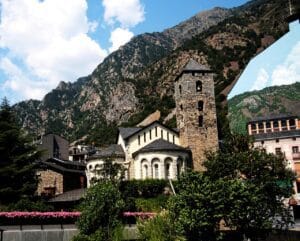
Geography and Location
Andorra lies in the eastern Pyrenees Mountains. Pyrenees Mountains act as a natural divide between France and Spain. Andorra has no coastline. It is completely encircled by mountains. The country is divided into seven small districts called “parishes.” They are:
- Andorra la Vella, Escaldes-Engordany, Encamp, Canillo, La Massana, Ordino, Sant Julià de Lòria
Every parish is beautiful with villages and attractions. The Pyrenees Mountains dominate the landscape of Andorra. The highest peak is Coma Pedrosa with an altitude of 2,942 meters. There are also scenic valleys, rivers, and lakes. The Valira River runs through the country. Because of its geographical location, the climate of Andorra is mountainous. Winter is cold and snowy. Summer is warm and sunny. The kind of climate provides the country with an excellent condition for trekking and skiing.
History of Andorra
Andorra’s past is interesting and full of history. Charlemagne, the King of the Franks, supposedly gave Andorra its independence in 805. He wanted to reward the people for resisting the Moors. Then, in 1278, a treaty called the “Paréage” was concluded. It established Andorra as a co-principality. Two leaders ruled over it jointly: the Count of Foix from France and the Bishop of Urgell in Spain. In succession, the position of the Count of Foix passed on to the French head of state. Andorra is still a co-principality today. There are two heads of state: the President of France and the Spanish Bishop of Urgell. It is a very unusual type of government, and it makes Andorra stand out in the world. Andorra was isolated in the mountains for hundreds of years. The people had simple lives as farmers and sheep herders. They grew tobacco, raised sheep, and made wool products. The 20th century marked modernization in Andorra. The building of roads and tourism turned Andorra into a tourist destination for France, Spain, and beyond. 1993 witnessed the change in Andorra to a parliamentary democracy. Andorra became a member of the United Nations that same year. Andorra is a peaceful, modern country nowadays. It harmoniously unites old traditions and modern lifestyles.
Culture, Language, Economy, and Daily Life
Culture of Andorra
Andorra has a strong and unique culture. It’s influenced by neighboring countries, France and Spain. But it also has extremely local and unique traditions. Andorrans are people who live in Andorra. They use more than one language in most situations. Music, dance, and celebration are very much a part of everyday life. Folk music is extremely popular. The traditional songs are played with instruments such as the flute, drum, and violin. The folk dances, sardana and contrapàs, are danced during festivals. There is room for religion in Andorran society, too. The people are mostly Roman Catholic. Ancient stone churches appear in almost every parish. They date from the 11th or 12th century in most instances. They are famous for being small, Romanesque churches with great art and architecture. Andorra also boasts a lively folklore tradition. Ancient tales of witches, heroes, and mountains are passed down from generation to generation.
Language
The official language of Andorra is Catalan. It is also used in some areas of Spain and France. Catalan is employed in schools, in government, and in the media. Spanish, French, and Portuguese are also very common, however. This is because of where the country is geographically located and the history of immigration. English is also common in tourist areas. It is possible for most restaurants, hotels, and shops to help visitors in other languages. This mixing of languages shows how multicultural and open Andorra is.
Economy
Andorra has a small, but stable economy. It is not manufacturing or big-industry-oriented. Instead, it is based on tourism, banking, and trade. Tourism is the largest sector. Approximately 10 million people travel to Andorra each year. They come for skiing, trekking, and shopping. The Grandvalira and Vallnord ski resorts are world-famous. A second aspect of the economy is duty-free shopping. Andorra does not belong to the European Union. This means it can sell items without identical taxes. Visitors buy perfumes, alcohol, cigarettes, and electronics cheaper. Banking is also important. Andorra was once known as a tax haven. Now, it has stricter rules, but it is still a popular place for finance. Agriculture is conventional but limited. Vegetables, grapes, and tobacco are grown by farmers. Sheep and cattle are also raised in the valleys. Cured meats and cheese are local favorites.
Daily Life in Andorra
Andorran existence is a mixture of convention and modern convenience. The people live primarily in the valleys, where towns and villages are located. Houses are usually made of wood and stone, with sloping roofs to hold snow. Education is quality and free. Children have the option to attend schools where they can be educated in Catalan, Spanish, or French. This renders the people of Andorra extremely multilingual. There is also strong healthcare. The country has a well-developed public and private healthcare system that works in collaboration. Andorrans are fond of the outdoors. In summer, they go hiking and biking in the mountains. In winter, skiing and snowboarding are favorite activities. Shopping is a common job. The capital city, Andorra la Vella, contains many shops selling fashion items, electronics, and luxury goods. Because prices are affordable, people from France and Spain simply come to shop. Family and social community are of utmost significance. Food, music, and dance follow the celebration of the festivals and holidays. Escudella (vegetable and meat stew), mountain trout, and cheeses are popular food items.
Festivals and Traditions
Andorra celebrates a great deal of festivals during the year.
- Carnival (Carnestoltes): A merry celebration before Lent. People wear costume, dance, and parade in the streets.
- Meritxell Day: On the 8th of September, the country celebrates its patron saint, Our Lady of Meritxell. It is a national festival with religious ceremonies and cultural activities.
- Christmas and Easter: Both are celebrated with church ceremonies and family gatherings. Traditional sweets and dishes are savored.
- Local Festivals: Each parish has a festival, which is generally named after its patron saint. They include music, dance, games, and food.
Arts and Literature
There is a growing arts scene in Andorra also. Local artists create paintings, sculptures, and crafts. Museums exhibit modern as well as ancient art. Literature is generally written in Catalan. Writers write about life in the mountains, legends, and history. Poetry and folk tales constitute a large part of Andorran culture also.
Sports and Outdoor Life
Sporť are a central element of Andorra’s everyday life. Skiing is the most preferred sport. Ski resorts are visited by tourists and locals alike. Summer seasons are for mountain biking and hiking. The mountains provide infinite tracks and the wonders of nature. Cycling races are also a part of Andorra. The Tour de France and the Vuelta a España ride through its roads from time to time. Football and basketball are also showcased, but Andorra is more renowned for its winter sports.
Tourism, Attractions, and Natural Beauty of Andorra
Tourism in Andorra
Tourism is the pillar of Andorra. Millions of tourists visit every year from Spain, France, and other countries. The main reasons are skiing, shopping, trekking, and cultural tourism. Andorra’s compact size makes travel convenient. It is possible to visit mountains, valleys, old churches, and new shopping streets in a matter of hours. This blend of the old and new is the essence of Andorra’s charm. Tourists like Andorra because it is secure. Crime is very rare, and locals are welcoming. The fresh air, clean mountain water, and natural landscapes also attract health-conscious tourists.
Main Attractions in Andorra
Andorra la Vella
It is the most visited place. It contains shopping, eating, and cultural amenities. It has the old quarter, Barri Antic, with narrow streets, stone houses, and the historic Casa de la Vall, a former parliament building. The city also contains new buildings, hotels, and large shopping centers. Everyone prefers combining the history and new way of living.
Caldea Spa
Located at Escaldes-Engordany, Caldea is southern Europe’s largest thermal spa. Its glass pyramid structure is an icon. There are thermal baths, sauna, and spa facilities inside. Travelers relax here after skiing or hiking.
Romanesque Churches
Andorra is famous for Romanesque churches. These small stone churches date from the 11th and 12th centuries. They are simple but very quaint.
Some of the major ones are:
- Sant Climent de Pal – one of the oldest in the country.
- Santa Coloma Church – known for its round bell tower.
- Sant Joan de Caselles – located in Canillo with breathtaking frescoes.
These churches are not only religious sites; they are gateways to Andorra’s medieval past.
Vallnord and Grandvalira
These two ski resorts are the jewels in Andorra’s crown.
- Grandvalira: The largest ski resort in the Pyrenees. It has over 200 kilometers of slopes. Skiers and snowboarders from all over Europe come here.
- Vallnord: North, it is slightly smaller but very family-friendly. It also has summer activities like snowshoeing and mountain biking.
Ordino
This is a beautiful village in northern Andorra. It is renowned for its traditional houses, museums, and tranquil streets. The Casa d’Areny-Plandolit Museum is an exhibition of the lifestyle of noble families in the 19th century. Ordino is also a good starting point from which to start hikes into the mountains.
Madriu-Perafita-Claror Valley
It is a World Heritage Site by UNESCO. It is a cultural landscape showing people’s relationship with nature for centuries. There are old trails, rock cottages, grasslands, and woods. Walking in it is taking a step back into the past.
Nature in Andorra
Andorra is the “Land of the Pyrenees.” Its nature is its most precious resource.
The country is surrounded by: Frozen mountains in winter. Green grasslands in summer. Pine and fir forests. Crystal-clear mountain rivers and lakes.
Wildlife includes chamois (a mountain goat), marmots, and many birds. The national flower, narcissus, blooms in springtime and colors the valleys. There are several hiking trails in Andorra too. Some are short and straightforward. Others are long and challenging, reaching deep into the mountains.
Some of the best natural attractions include: Estanys de Tristaina (Tristaina Lakes). Coma Pedrosa (the highest peak in the country, 2,942 meters). Sorteny Valley Nature Park, with an aim to preserve plants and animals.
Festivals and Events
Andorra’s fiestas are colorful and lively. They are a combination of tradition, religion, and joy.
- Meritxell Day (September 8): Country’s most important holiday. Citizens visit the Sanctuary of Our Lady of Meritxell, Andorra’s patron saint.
- Carnival: Festa in February featuring parades, costumes, and dancing. There is one in every town.
- Christmas Markets: Andorra la Vella and the towns are wrapped in lights, stalls, and music in December.
- Summer Festivals: Local events featuring concerts, folk dances, and fireworks are held by each parish.
The festivals are not restricted to local population. Tourists are also welcome, and they get a chance to feel authentic culture in Andorra.
Shopping in Andorra
Shopping is one of the prime attractions. Because of low taxes, products are cheaper than in France or Spain.
Shops provide:
- Luxury and fashion names, Electronics, Perfumes and cosmetics, Tobacco and alcohol.
The most important shopping streets are Avinguda Meritxell in Andorra la Vella and Carlemany Avenue in Escaldes-Engordany.
Food and Cuisine
Andorran cuisine is a blend of Catalan, Spanish, and French.
Traditional foods are:
- Escudella: A stew of meat and vegetables.
- Trinxat: With cabbage, potatoes, and bacon.
- Mountain trout: Fresh from the mountains rivers.
- Cargols: Snails grilled, a specialty.
Local cheeses and cured meats: They are served with bread and wine. Restaurants range from simple family taverns to gourmet. There is traditional and modern cuisine for guests to savor.
Adventure Tourism
Besides skiing, Andorra offers many outdoor adventures:
- Hiking: Trails for all levels.
- Mountain biking: Especially popular in Vallnord.
- Climbing: Many routes in the Pyrenees.
- Zip-lining and rope parks: Family-friendly adventure options.
- Horse riding: Through valleys and forests. In winter, snowshoeing and dog sledding are also popular.
Cross-Border Culture
Travel between Andorra, Spain, and France is easy. There are no airports in Andorra, so visitors usually fly to Barcelona or Toulouse. Buses and cars connect these cities to Andorra.
The culture of Andorra is influenced by both neighbors. Visitors often enjoy combining their trip with Spanish tapas, French wine, or Catalan traditions.
Hotels Near Andorra (Outside the Country)
Many tourists also stay in nearby towns in Spain and France. Some examples are:
- Hotel Parador de la Seu d’Urgell (Spain) – luxury with history, near the cathedral.
- Hotel Condes del Pallars (Sort, Spain) – good for adventure sports.
- Les Cimes Hotel (Ax-les-Thermes, France) – spa and ski hotel.
- Hotel Lons (Foix, France) – charming hotel in the center.
- Hotels in Barcelona or Toulouse – for travelers who want a big city experience before heading to the mountains.
Why Surrounding Places Matter for Andorra
Because of its size, Andorra can be explored in a few days. But the surrounding Spanish and French regions add depth to the journey. Tourists can enjoy both mountain peace and lively cities, both medieval history and modern shopping. Andorra is like a central point. From here, visitors can go south into Catalonia’s beaches and culture, or north into France’s castles and countryside.
Conclusion
Andorra is tiny in territorial size, yet colossal in terms of what it offers. Tucked quietly away in the Pyrenees between France and Spain, this country principality is an example of how heritage, nature, and modern life are brought together in harmony. Visitors are often stunned at how much of a variety of beauty can be squeezed into an area so small. To begin with, Andorra’s landscapes are its best strength. Immense mountains, lush valleys, clear rivers, and white peaks create a landscape that is near-fairytale. In winter, ski resorts such as Grandvalira and Vallnord receive visitors from the entire world. In summer, the same mountains are available for hiking, cycling, and peaceful walks. Nature here is not scenery—but a way of life. Second, Andorra is culturally and historically rich. Its Romanesque churches, rural villages, and Catalan festivities speak of the country’s rich heritage. Andorra is also forward-looking, though, with its modern shopping boulevards, cosmopolitan cuisine, and cultural festivals. This balance of the new and the old is what makes the country so attractive.
Author
Related posts
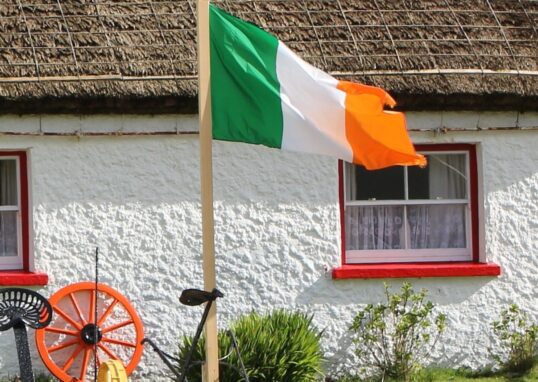
Ireland
Ireland – Gentle green Landscapes, A deep cultural soul Ireland is a beauty of a country, often called Emerald Isle, full of...
Read out all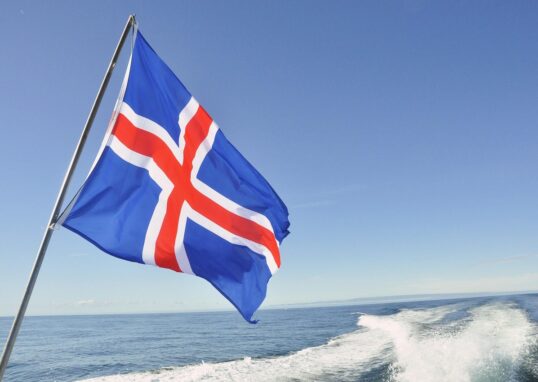
Iceland
Iceland – Dramatic landscapes Iceland is among the most unique and breathtaking countries in the world. It sits in the North Atlantic...
Read out all
